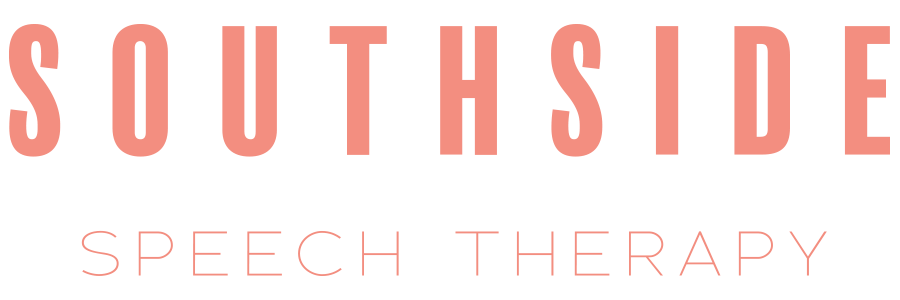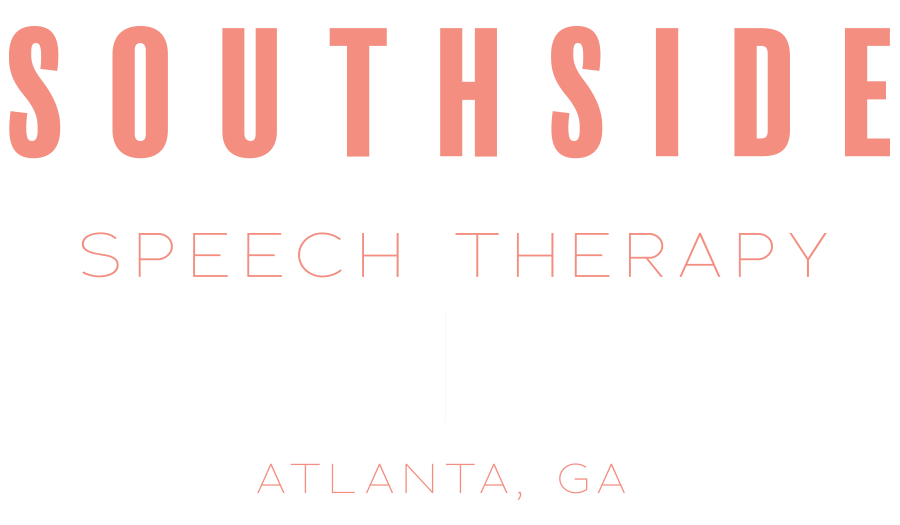🗣️ Understanding Speech Sound Disorders: When Mispronunciations Become a Concern
Helping Parents Recognize When It’s Time to Seek Support
Every child develops speech at their own pace, and occasional mispronunciations are completely normal. But if your child’s speech isn’t improving as expected, it might be more than just “baby talk.” Understanding when a pattern becomes a speech sound disorder can help you take early action that makes a lasting difference.
🔍 What Is a Speech Sound Disorder?
A speech sound disorder (SSD) occurs when a child consistently struggles to produce sounds correctly, making their speech difficult to understand. It can include:
Articulation disorders – difficulty making specific sounds (like “r,” “s,” “th,” or “l”)
Phonological disorders – consistent sound pattern errors (like saying “tat” for “cat” or “pane” for “plane”)
These challenges can affect a child’s confidence, social interaction, and academic participation — but with early speech therapy, progress is often quick and measurable.
📚 Reference: American Speech-Language-Hearing Association (ASHA)
🧒 Common Signs to Watch For
Here are red flags that might indicate your child could benefit from an evaluation:
Your child is 3 years old or older and still difficult for unfamiliar listeners to understand.
They consistently omit or replace certain sounds (for example, “poon” for “spoon” or “tat” for “cat”).
They show frustration when trying to speak or be understood.
They have slower speech development compared to siblings or classmates.
Their speech doesn’t seem to improve naturally over time.
If you’re noticing several of these, an evaluation by a licensed speech-language pathologist (SLP) can provide clarity and a personalized plan.
📚 References:
Cleveland Clinic: Speech and Language Development
ASHA Milestone Chart
🎯 How Speech Therapy Helps
Speech therapy targets both the mechanics and the habits behind speech production. Depending on your child’s age and needs, therapy may include:
Auditory training – helping children hear and recognize correct sound patterns
Visual feedback – mirrors or digital tools to help them see mouth placements
Repetition and modeling – fun, game-based practice for consistent improvement
Carryover activities – short home strategies parents can use between sessions
At Southside Speech Therapy, we make every session engaging, play-based, and results-driven — so kids build confidence as they gain clarity.
📚 Reference: National Institute on Deafness and Other Communication Disorders (NIDCD)
🌟 Why Early Support Matters
Early intervention is key. Studies show children who receive speech therapy early often catch up to peers faster and experience fewer challenges later with reading and classroom learning.
Even if your child’s speech seems “a little off,” it’s better to assess early — peace of mind goes a long way, and small adjustments now can lead to lifelong success.
📚 Reference: ASHA Early Intervention Overview
💬 Final Thoughts
Your child’s voice matters — and helping them communicate clearly builds more than speech; it builds confidence.
If you’re wondering whether it’s time to begin speech therapy, Southside Speech Therapy offers both in-office and virtual sessions across Georgia with flexible scheduling for busy families.

